Five astonishing facts about cobalt
Mining
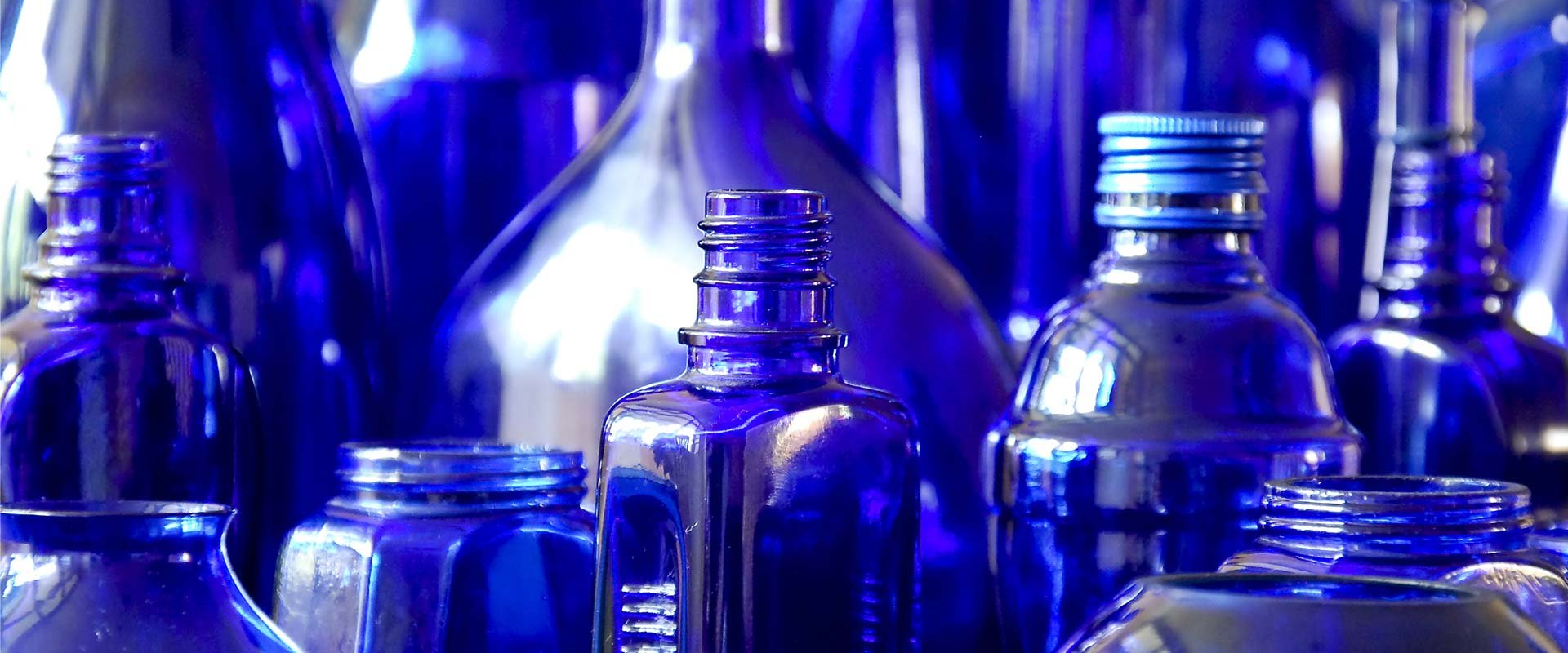
Mining
Cobalt is a versatile trace element used across the industrial, medical, automotive, renewable energy, agricultural, aeronautical and military sectors. Pegged as a commodity of the future, cobalt is critical to our renewable energy transition – primarily for its role in rechargeable batteries – with global demand forecast to increase six-fold by 2050. How much do you know about this hot commodity? We dug up five fascinating facts about this metal that may surprise you.
Back in the day, mining could be an extremely dangerous business – especially without our current understanding of toxic metals and minerals. Way before its official discovery in 1739 by Swedish chemist Georg Brandt, cobalt in ore form had been wreaking havoc on miners. When mine workers attempted to melt down certain ores to extract copper, nickel, or cobalt, the fumes from the smelting process caused illness or even death. Superstitious miners blamed the mysterious deaths on ‘kobolds’ – the German word for goblins. Even though the toxic fumes were later discovered to be caused by arsenic also found in the ore, the name stuck.
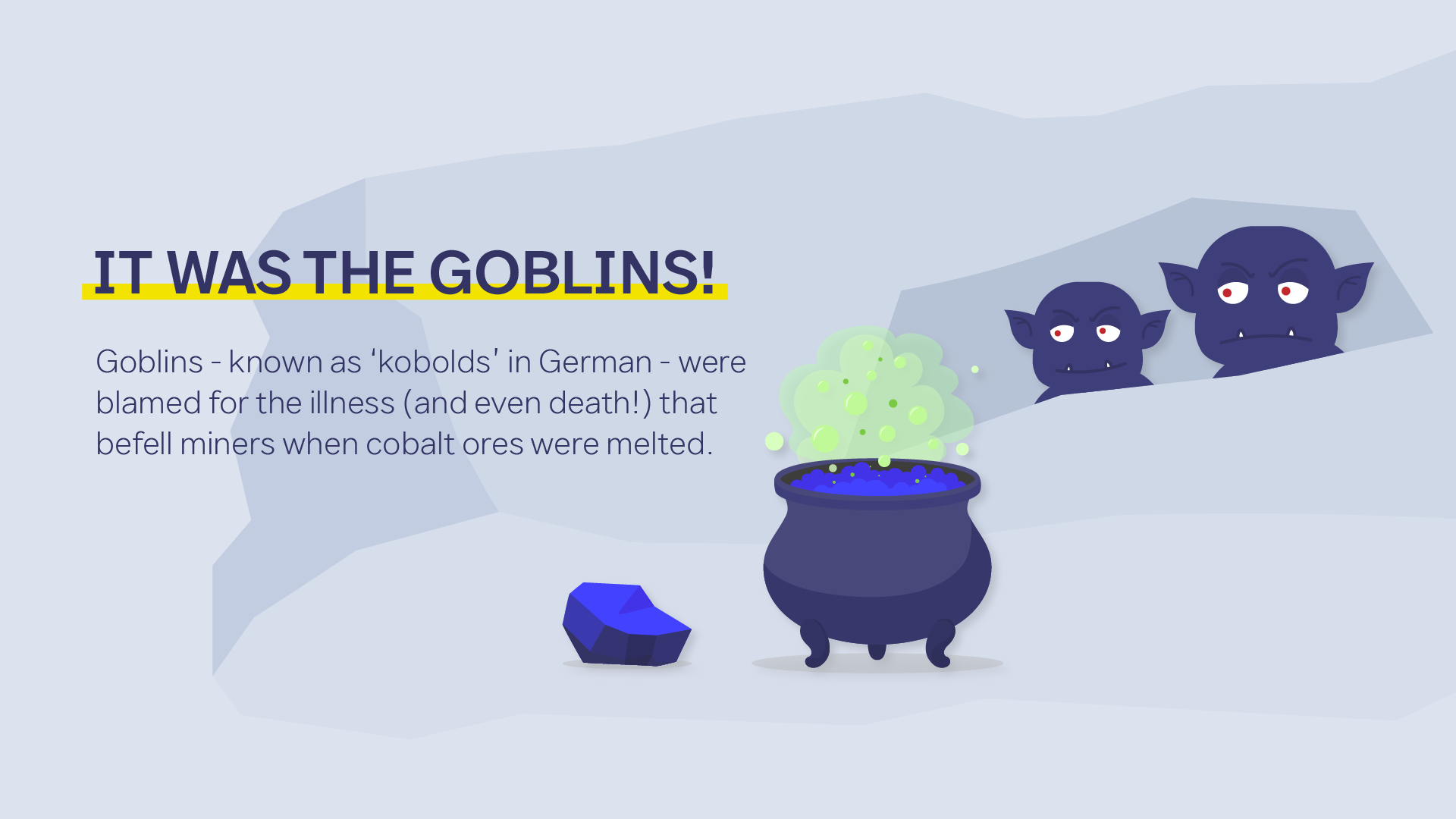
Long before cobalt was prized for its use in renewable energy technology, it was sought after as an important blue dye. Cobalt is a burnished silver colour in its raw state but produces a vibrant blue pigment when heated and combined with aluminium silicates. Cobalt weaves a beautiful blue trail through many ancient civilisations: it has been found in ancient Roman and Persian jewellery, Egyptian sculptures, artifacts from the ruins of Pompeii and ceramics from China’s Ming and Tang Dynasties. The oldest cobalt coloured glass was discovered in Egypt and dated circa 1550 to 1292 BCE.
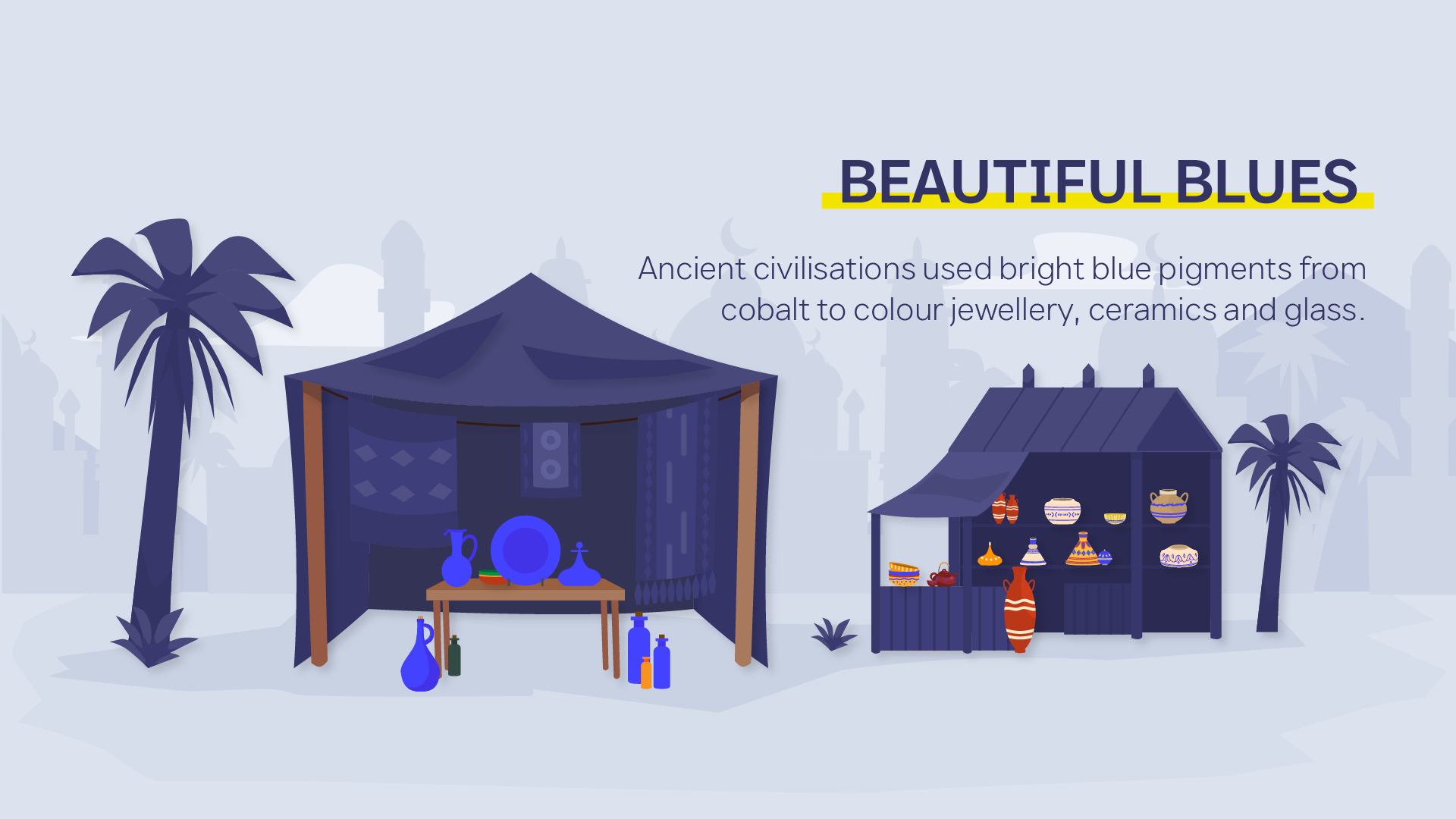
Cobalt plays an essential role in human health, but too little or too much cobalt in the body can cause major health issues. Cobalt comprises the metal centre of vitamin B12, which humans need for healthy blood cell formation and neurological health. We ingest cobalt through healthy food sources such as fish, nuts, green leafy vegetables and cereals.
Cobalt is also used to treat cancer and create alloys for prosthetic hip and knee replacements. However, despite all its health-boosting and medical uses, cobalt can be toxic for humans in large quantities. Cobalt poisoning can lead to cardiomyopathy, deafness, nerve damage, tinnitus, thyroid issues, vision problems and, in extreme cases, death.
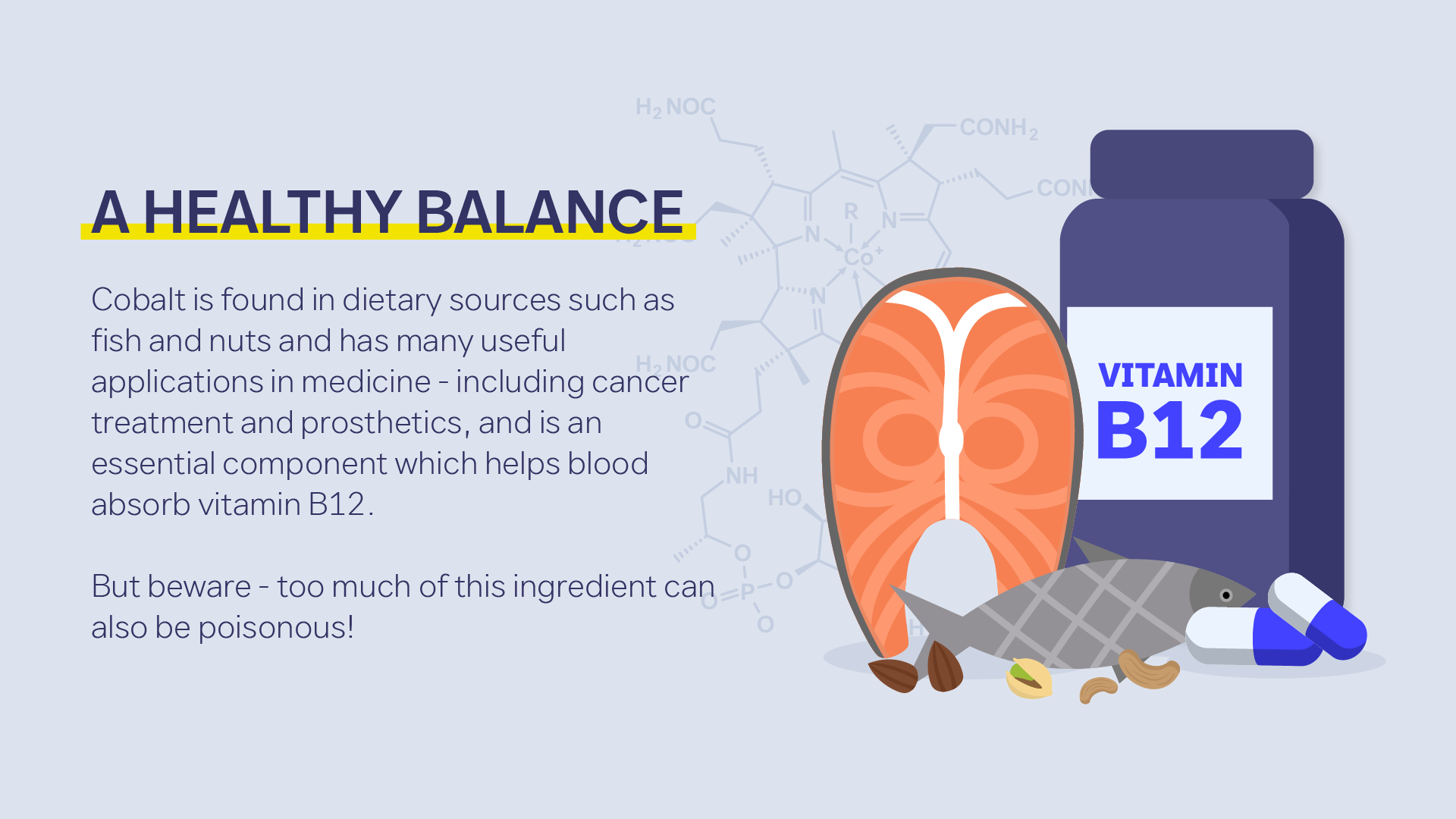
In the quest for a perfect beer head, breweries in the mid-20th century began adding cobalt sulfate to beer to stabilise the foam. This practice conveniently mitigated the impacts of a poorly rinsed glass (the leftover detergent caused foam dissipation). However, a study conducted in 1965 in Nebraska and Quebec detected unusually high levels of cardiomyopathy in beer drinkers. Further research confirmed that heavy beer drinkers at breweries using this practice were in fact overdosing on cobalt, and at risk of heart failure. The use of cobalt in beer was thankfully discontinued after this discovery – and one can only assume that beer glasses are rinsed properly these days!
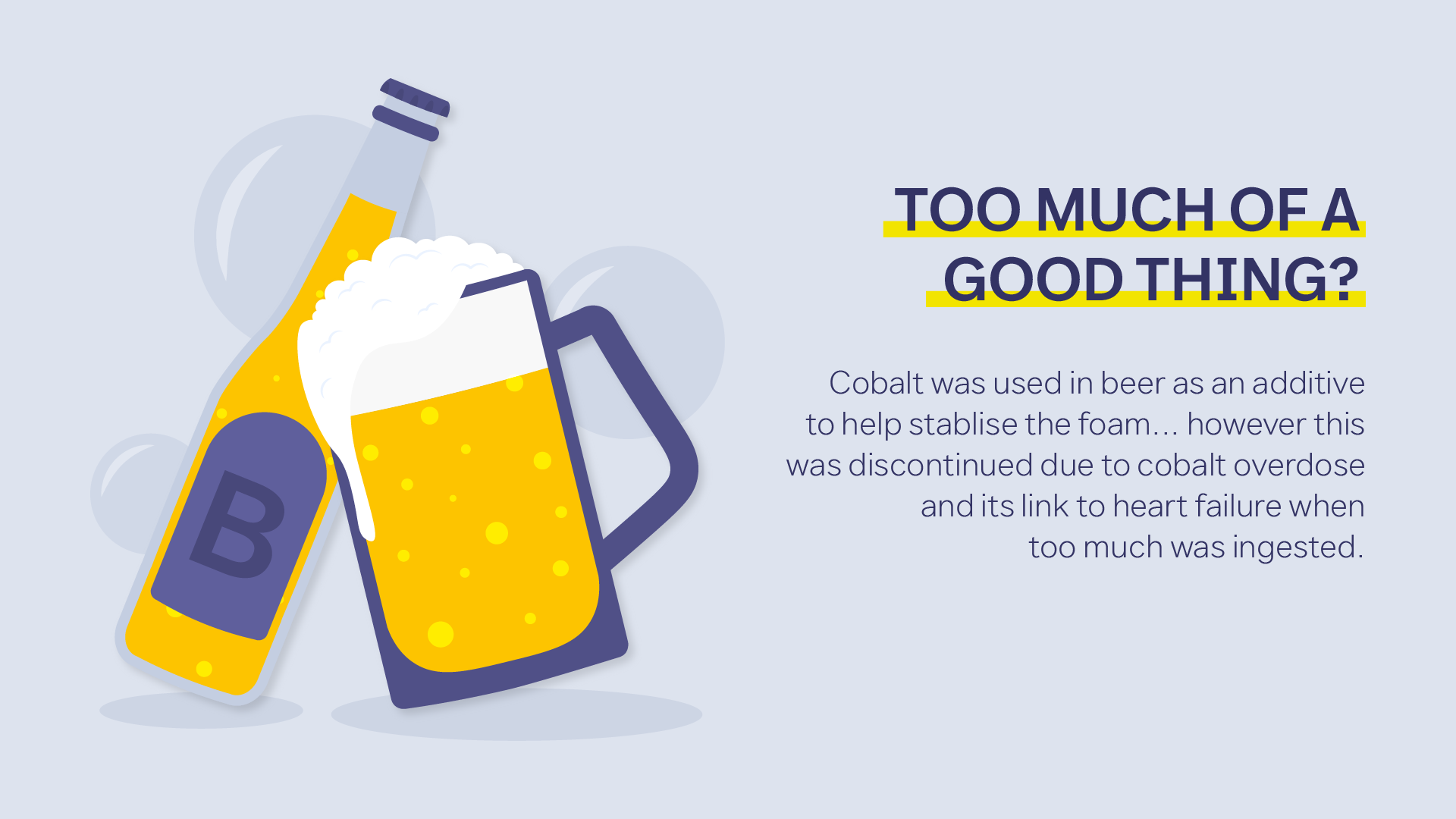
What do electric vehicles, smartphones, rechargeable batteries, wind turbines and jet engines all have in common? They all contain cobalt. Further modern-day uses of cobalt include dental drills and instruments, stock feed nutrients, racehorse nutrition, fertilisers and medical tracers. As the world scrambles to transition to green energy, cobalt will only grow in importance – in particular for the role it plays in rechargeable batteries for electric vehicles. Despite the dark origins of its name, it’s safe to say cobalt has become a force for good on our planet, aiding our journey to a cleaner, greener future.
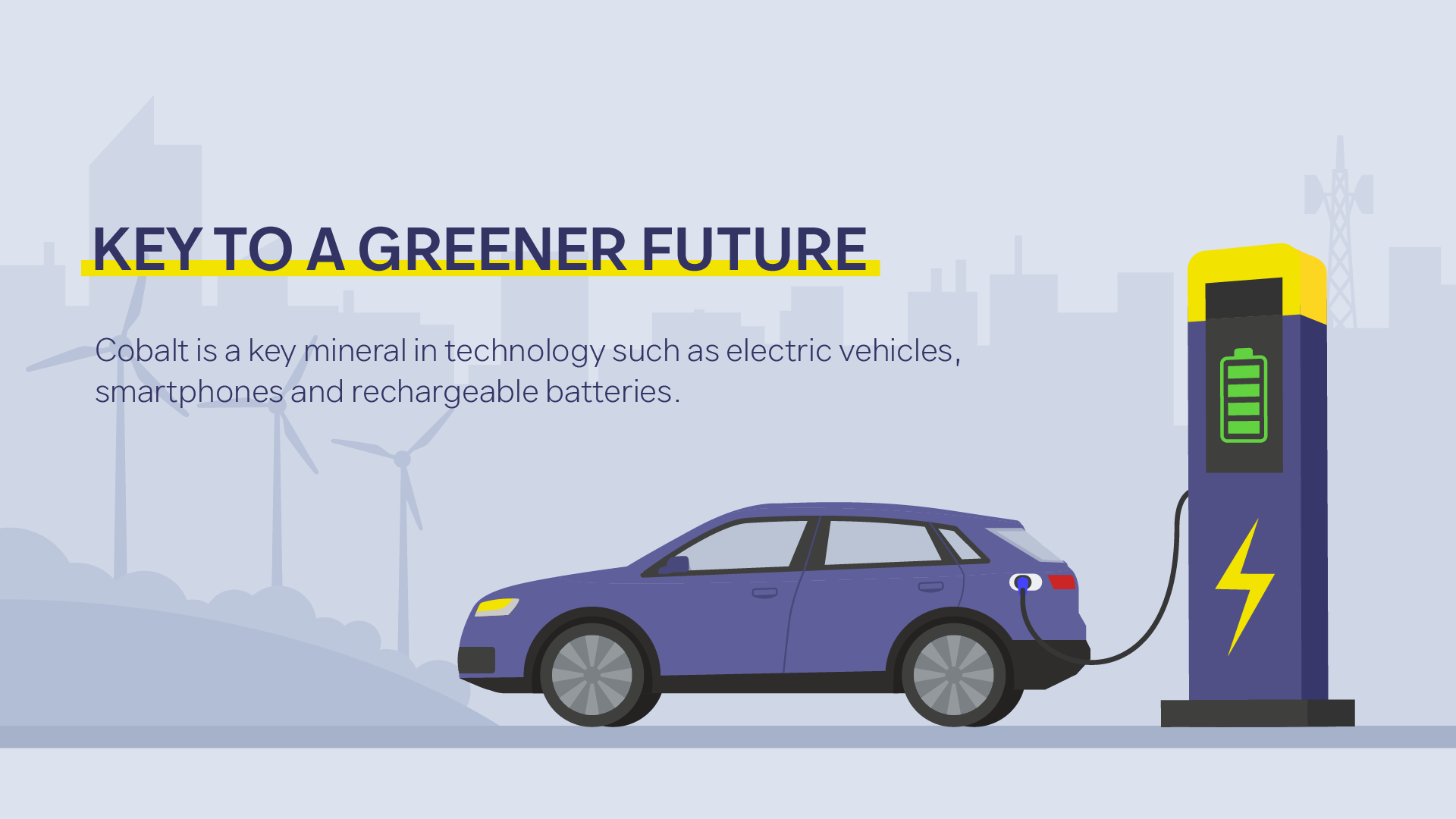
Brunel's mining industry experts can support you to successfully identify, attract and deliver skilled blue and white-collar personnel and solutions matched to your business’ unique requirements. Whatever complexities you face, Brunel is here to simplify them.